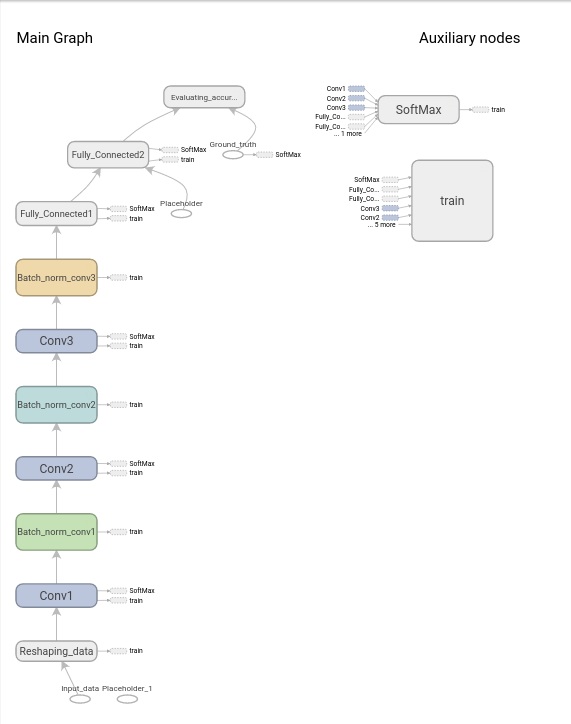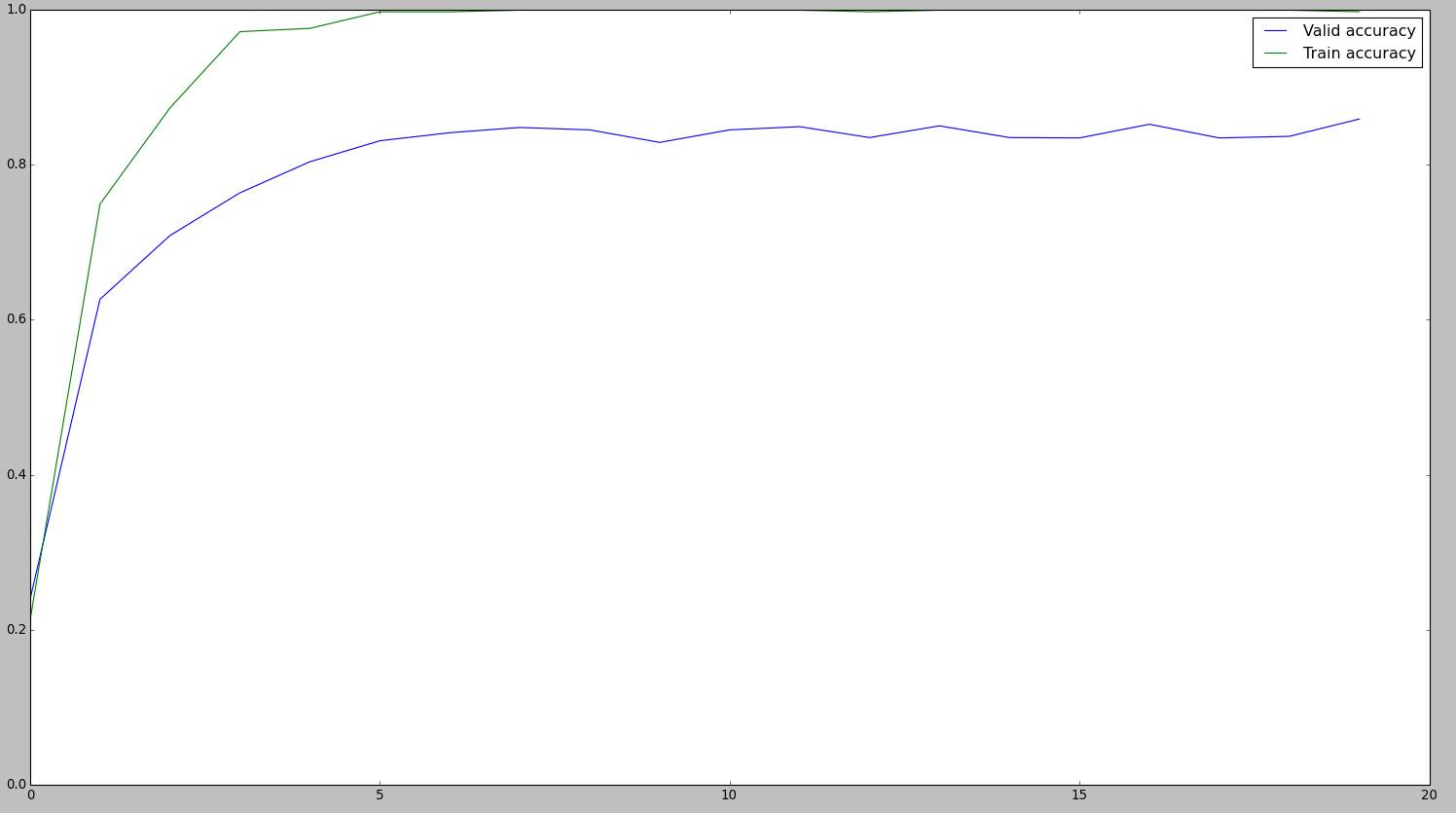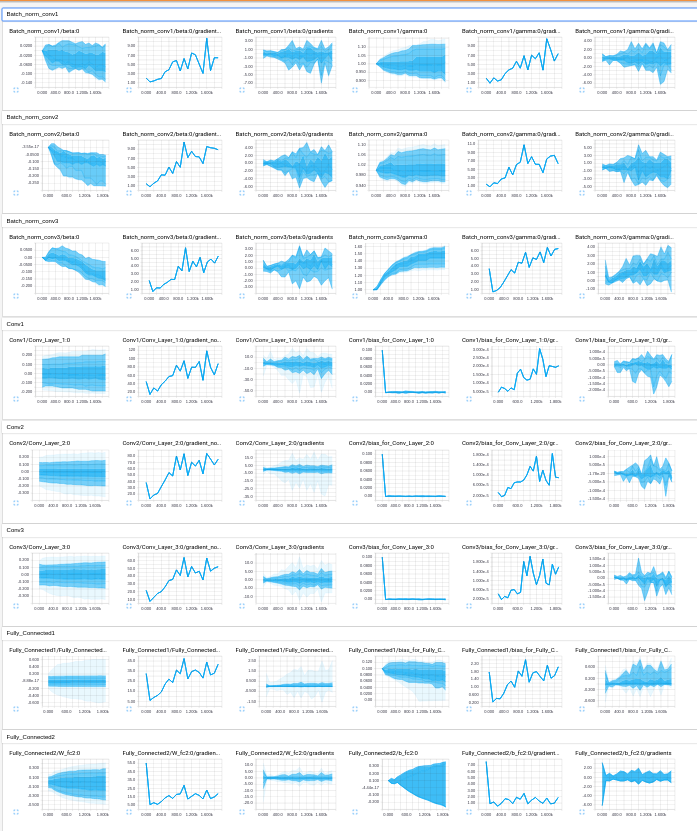CNN TSC
A CNN for time-series classification
A Convolutional Neural Network for time-series classification
This post implements a CNN for time-series classification and benchmarks the performance on three of the UCR time-series.
CNN's are widely used for applications involving images. In this post, I show their performance on time-series. This project is a rebound after this implementation of LSTM's on the same data. The LSTM's only got 60% test-accuracy, whereas state-of-the-art is 99.8% test-accuracy.
Mechanism
Many of our knowledge and intuition for CNN's on images carry over to time-series. The main difference in the code is the stride argument we pass to the conv-layer. We want the kernel to stride along the time-series, but not along the second dimension that we would have used for images.
Batchnorm
This projects is also a showcase of batch normalization after the conv-layers. With help of this post on StackOverflow, the code is equipped with three batch-norm layers.
A small code-snippet for illustration:
ewma = tf.train.ExponentialMovingAverage(decay=0.99)
bn_conv1 = ConvolutionalBatchNormalizer(num_filt_1, 0.001, ewma, True)
update_assignments = bn_conv1.get_assigner()
a_conv1 = bn_conv1.normalize(a_conv1, train=bn_train)
- ewma is the moving average function that monitors the mean and variance for use at test-time
- ConvolutionalBatchNormalizer is the class whose instances are batchnorm-layers. Documentation for this class is included in the project
- train=bn_train is a boolean operation distinguishing train-time and test-time for the batchnorm-layer
Performance
We benchmark the implementation on the datasets from UCR. Specifically, we achieve 99.9% and 84.9% test-accuracy on Two_Patterns and ChlorineConcentration. Both performances have remarkable consequences.
- The CNN achieves 99.9% test-accuracy on Two_Patterns, beating our own implementation of an LSTM on the same dataset, which got only 60%. Over the next months, I'll work on another three time-series projects. I hope to get back to this result and explain why the LSTM unperforms and the CNN overperforms on this dataset. Side note, this article got only 99.8% test-accuracy
- The CNN achieves 84.9% test-accuracy on ChlorineConcentration. This results improves on this article, where the best performance was 79.7% and the second best at 74%. An improvement of 5.2% seems significant and I am interested to discuss this result with the researchers. By no means am I trying to attach anyone, I am eager to learn from other people's reasonings and design decisions.
As of 10-April-'16, we also achieve 91.0% test-accuracy for FaceAll, while this article reporting 89.5% as best performance
Results
The graph of the CNN:
 The evolution of accuracies based on a run with ChlorineConcentration
The evolution of accuracies based on a run with ChlorineConcentration
 Showcase of TensorBoard
Showcase of TensorBoard

As always, I am curious to any comments and questions. Reach me at romijndersrob@gmail.com